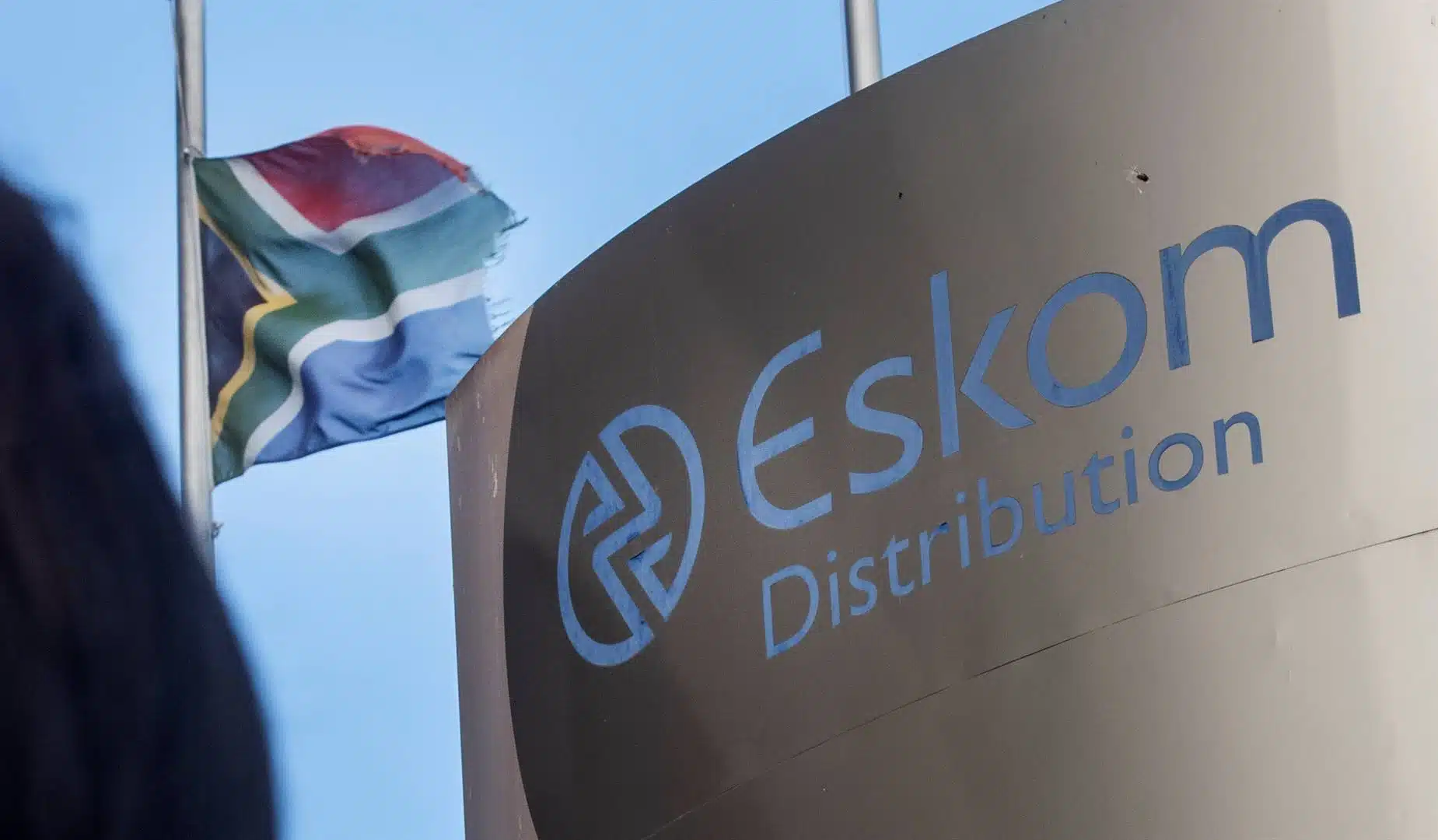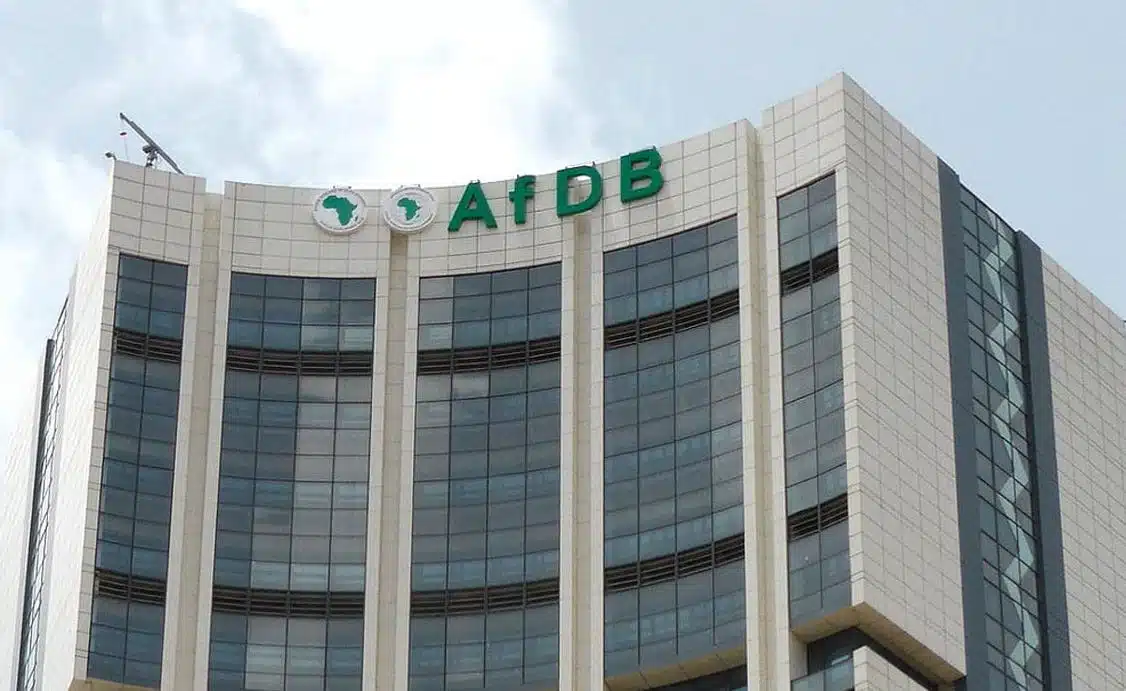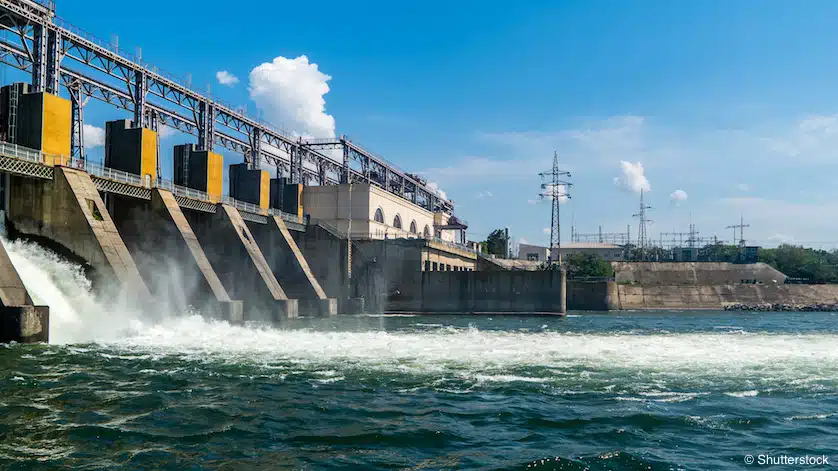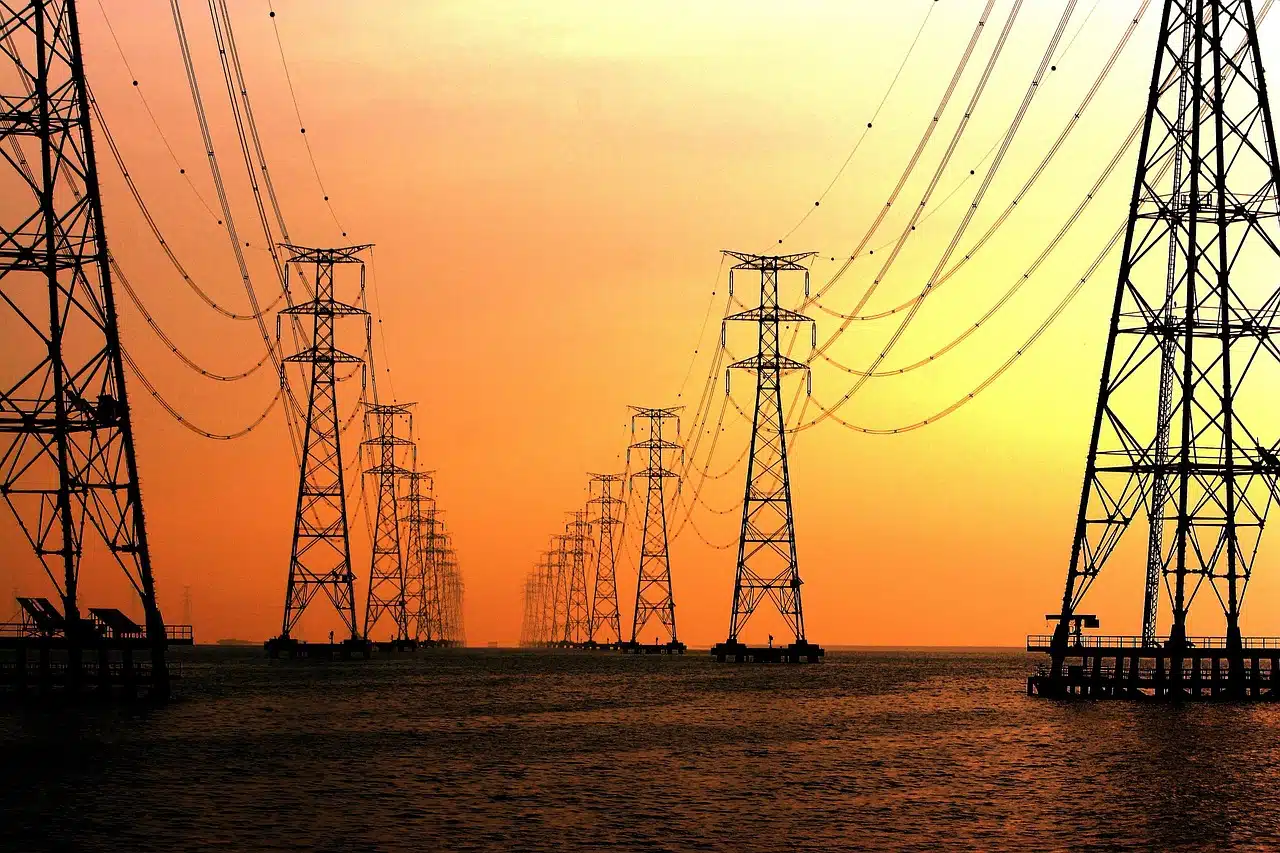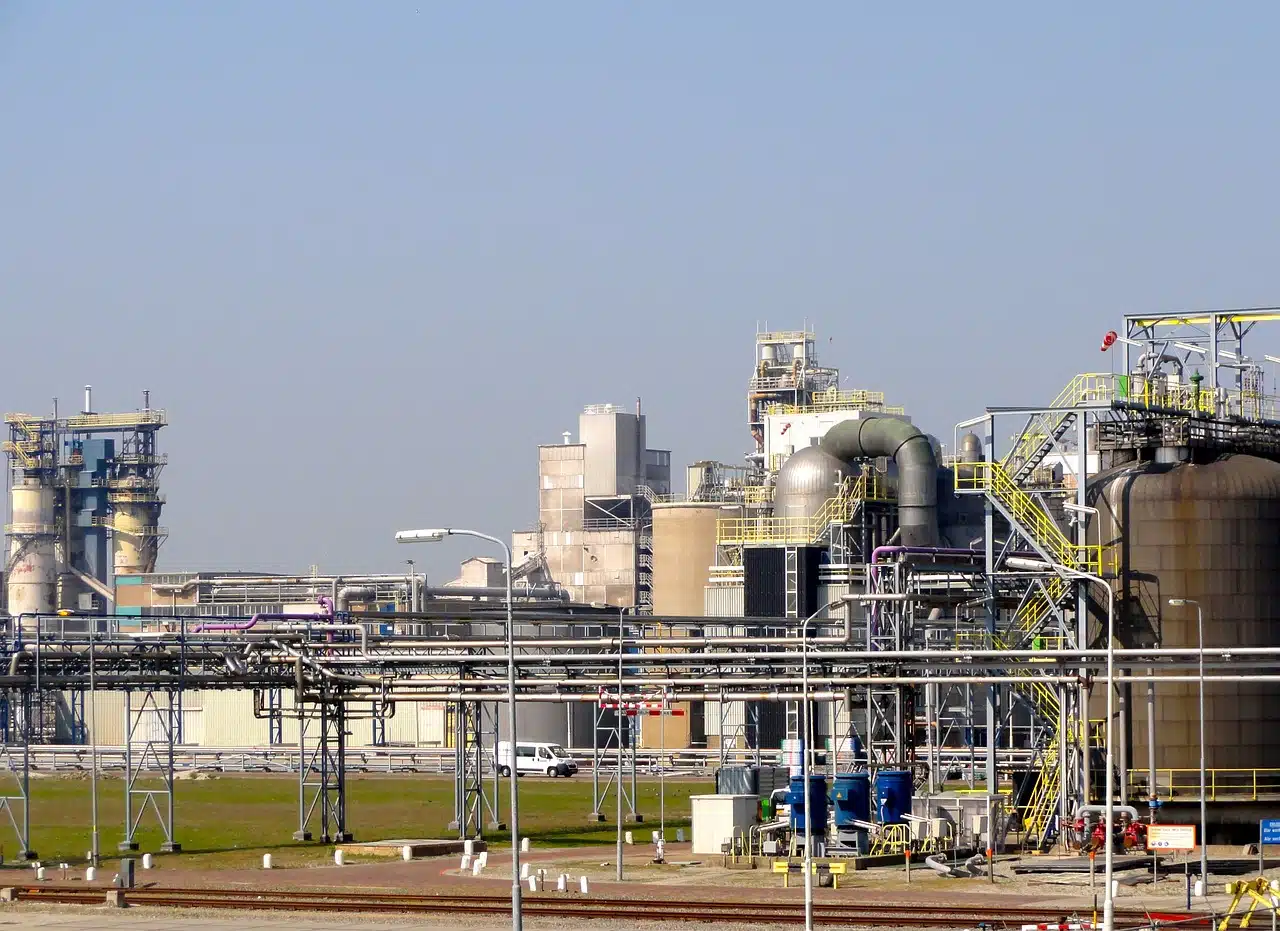South Africa’s Council for Scientific and Industrial Research in a report said the cost of power cuts to South Africa’s economy fell by 83% last year just as electricity supply stabilized.
The economy lost $26.7 billion (481 billion rand) in output due to power outages, also known as loadshedding, according to the report released Monday.
This was a significant drop from the $159 billion (2.9 trillion rand) lost in 2024, when blackouts were more frequent.
Despite the disruptions, gross domestic product reached $259 billion (4.7 trillion rand) last year, marking a 0.6% increase from 2023, according to the state statistics agency.
The improvement came after state utility Eskom Holdings increased maintenance and took other measures to improve the reliability of its coal-fired plants that generate the bulk of the nation’s electricity supply.
Still, the streak of uninterrupted electricity has ended, with Eskom implementing power outages this year.
Auxiliary diesel turbines, which are designed to supply power during periods of peak demand, are also being utilized more, the utility’s data shows.
South Africa’s Electricity Minister Kgosientsho Ramokgopa warned earlier this month that the system remained vulnerable because the procurement of more generation capacity has faced repeated delays.
A generating unit at the nation’s sole nuclear power station, Koeberg, arguably Eskom’s most reliable plant, broke down earlier this year.
Eskom said it is working to continue improving its fleet performance, which had an average 60% energy availability factor last year — the highest since 2021. Demand fell 3% in 2024, helping the utility maintain supply, and “continues to trend down,” the report said.
The Eskom fleet Energy Availability Factor (EAF) significantly improved in 2024 and reached a weekly peak of 70% which is much higher than the 59.92% reached in 2023. The EAF increased by 4% in 2024.
Renewable energy generation from solar and wind sources declined by 1%. Similarly, nuclear energy generation marginally decreased by 4% in 2024.
Also, electricity generation from hydroelectric sources was much lower due to reduced hydro inflows caused by drought.
However, energy imports to South Africa reduced significantly due to an increase in generation from coal.
The report also stated that energy production increased by 4% in 2024. However, the nation’s total energy demand declined by 3% compared to 2023.

